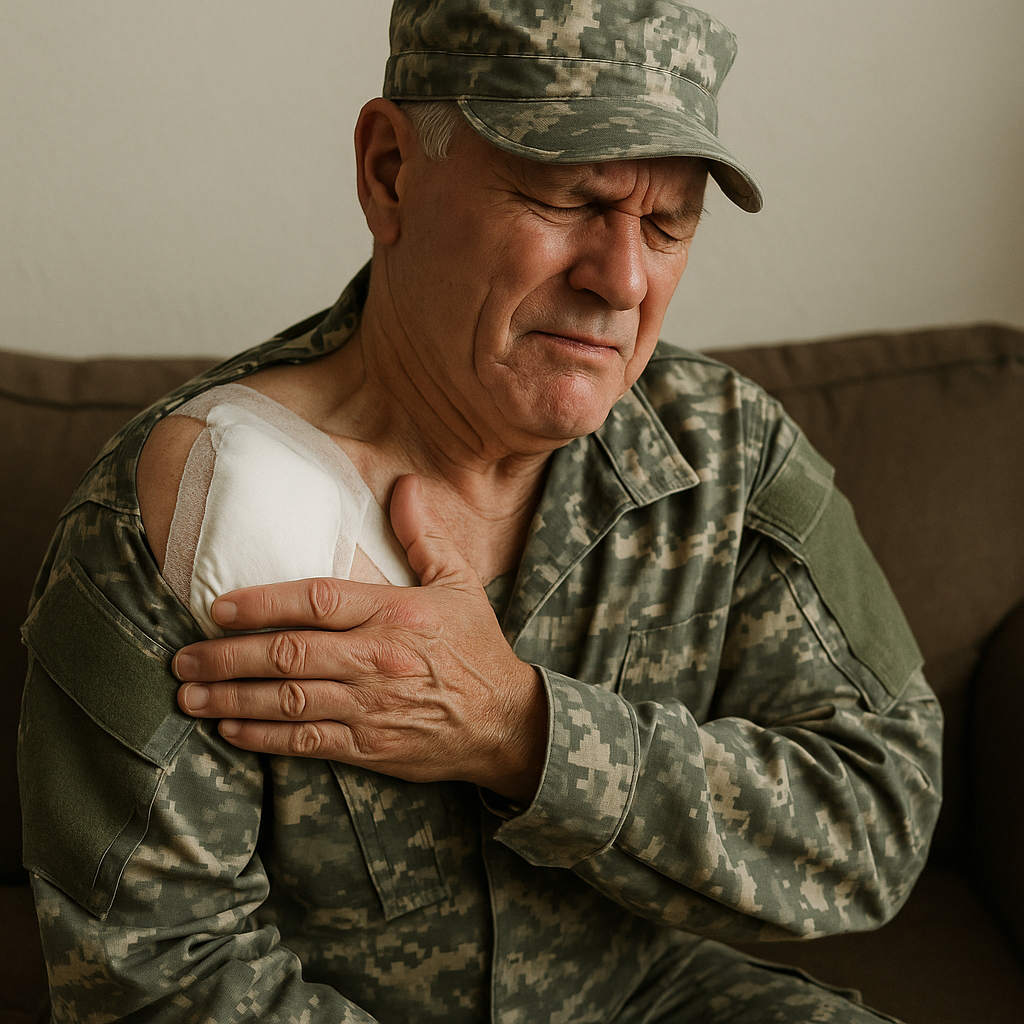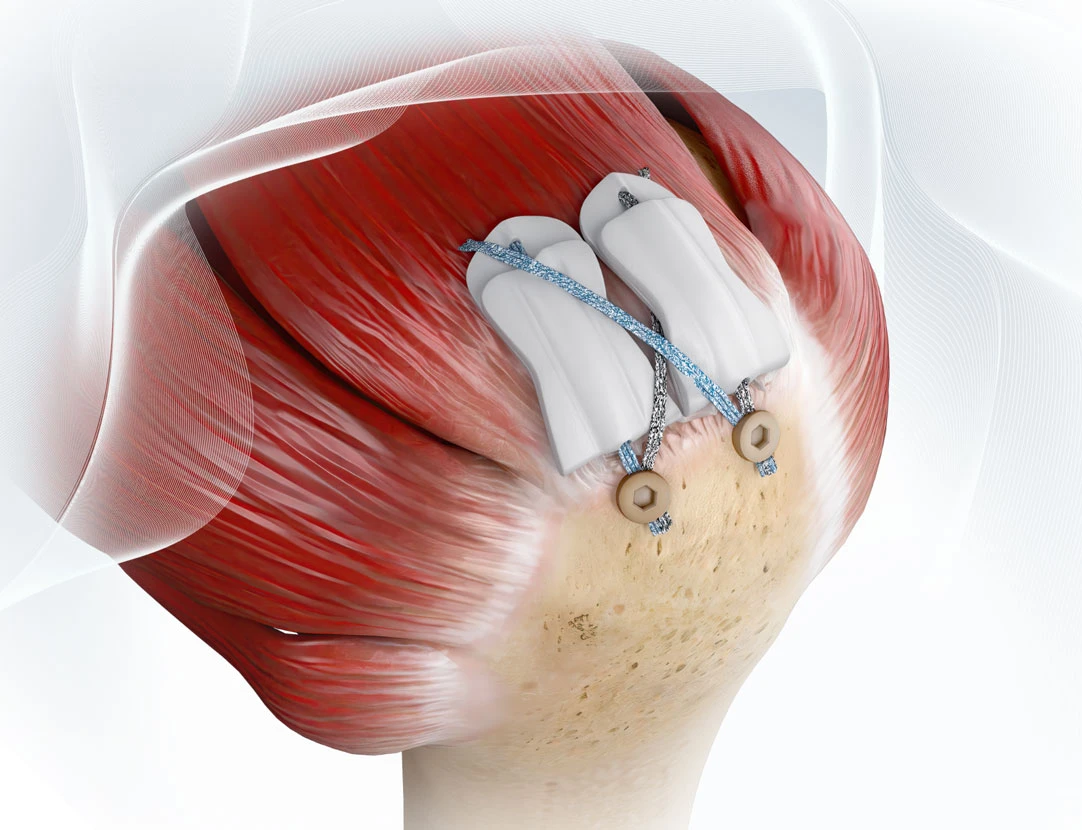The Unique Challenge of Shoulder Repair in Veterans

Military service members and veterans face distinct orthopedic challenges due to the intense physical demands of their occupations. Studies show elevated rates of shoulder pathology in these populations, often stemming from trauma, repetitive overhead activity, or load-bearing tasks. The veteran population also presents unique surgical risks, including higher rates of diabetes, cardiovascular disease, and smoking history, all of which complicate recovery.
In one study, military personnel undergoing shoulder arthroscopy had a 38.6% incidence of SLAP lesions, compared to just 11.1% in civilian patients—despite adjustments for trauma and instability history. This elevated risk highlights the long-term musculoskeletal toll of service and underscores the complexity of surgical decision-making in this group.
These findings are echoed in more recent data showing posterior shoulder instability disproportionately affects younger, active-duty males, with far-reaching implications for post-service care and long-term function (Owens BD et al. J Bone Joint Surg Am. 2009;91(4)). Chronic shoulder instability—especially when unaddressed—can alter joint mechanics and place abnormal stress on the rotator cuff, increasing the risk of tendon degeneration and eventual cuff disease.
Given these elevated risks and the biologically complex environment of injured veteran shoulders, biologic augmentation may play an increasingly valuable role in reinforcing repairs and improving healing outcomes. The field of shoulder repair has made substantial strides, from improved arthroscopic instrumentation to stronger fixation techniques. However, even with these mechanical advancements, poor biologic healing remains a persistent challenge—especially in high-risk patients like veterans—one that Atreon continues to address through focused biologic innovation.
Biologic Augmentation Has a Role to Play
Veterans often face compromised soft tissue quality, particularly at the tendon-suture interface, a known weak point in rotator cuff repair. Biologic augmentation technologies like ROTIUM® and BioCharge™ are designed to enhance the biologic healing environment. While not a cure-all, these materials aim to:
- Retain biologic factors at the tendon-bone interface or tendon-suture interface
- Support repair integrity and long-term strength when biologic conditions are optimized
- Minimize added surgical time through seamless integration into standard techniques
These properties may offer special value in high-risk populations where healing capacity is compromised.
A Shared Mission: Supporting Better Healing for Those Who Served
Veterans Day is an opportunity to reflect on the clinical needs of those who served and ensure our surgical approaches meet the demands of this high-risk population. Atreon Orthopedics supports orthopedic surgeons, both VA-focused and civilian patient-focused, who strive to deliver the best possible outcomes for their patients. Through evidence-backed technologies and continued innovation in biologic augmentation, we remain committed to supporting smarter surgical care.
Further Reading & Clinical Data
- ROTIUM® Bioresorbable Matrix
- BioCharge Biologic Augmentation
- Kampa R, Clasper J. Incidence Of SLAP Lesions In A Military Population. BMJ Military Health 2005;151:171-175.
- Owens, B. D., Dawson, L., Burks, R., & Cameron, K. L. (2009). Incidence of Shoulder Dislocation in the United States Military: Demographic Considerations from a High-Risk Population. Journal of Bone and Joint Surgery., 91(4), 791–796. https://doi.org/10.2106/JBJS.H.00514
- Owens et al. (2015) – Risk Factors for Complication After Rotator Cuff Repair in Veterans


